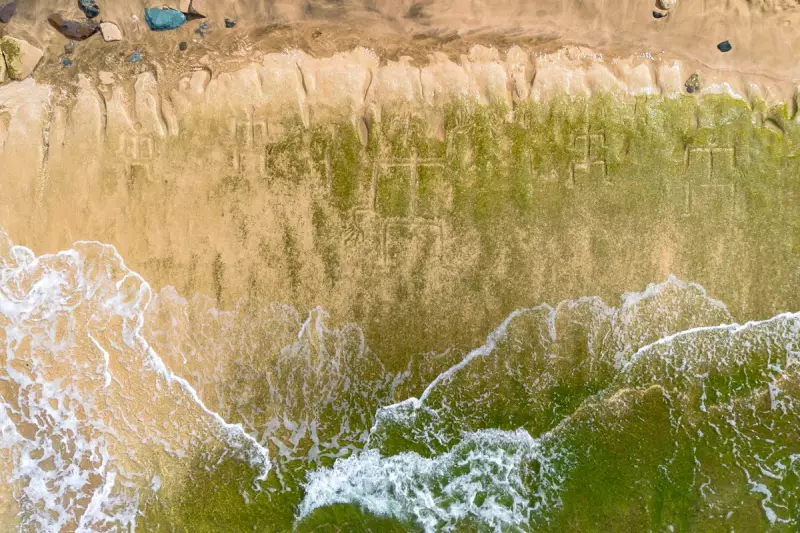
Archaeologists working on the island of Oahu in Hawaii have made a groundbreaking discovery—an ancient Hawaiian village that dates back centuries. The site, located near Honolulu, contains remarkably well-preserved artefacts, tools, and structural remains that shed light on the daily lives of early Hawaiian inhabitants.
A Window into the Past
The excavation has revealed foundations of traditional Hawaiian homes, known as hale, as well as agricultural terraces and fishing tools. Researchers believe the village was a thriving community long before European contact, offering invaluable insights into pre-colonial Hawaiian society.
Why This Discovery Matters
This find is particularly significant because many early Hawaiian settlements were destroyed or built over during modern development. The preservation of this site provides a rare opportunity to study indigenous Hawaiian culture in its original context.
"This is one of the most intact pre-contact sites we've found in recent years," said lead archaeologist Dr. Sarah Kekoa. "The artefacts tell a story of a sophisticated society with advanced knowledge of agriculture, marine resource management, and sustainable living."
What Was Found?
- Stone tools used for farming and food preparation
- Remains of traditional thatched structures
- Evidence of taro cultivation terraces
- Fishing implements made from bone and shell
- Ceremonial artefacts suggesting spiritual practices
The discovery comes as Hawaii continues to grapple with preserving its cultural heritage amid rapid development and tourism pressures. Local community leaders hope this find will lead to greater protections for other archaeological sites across the islands.





